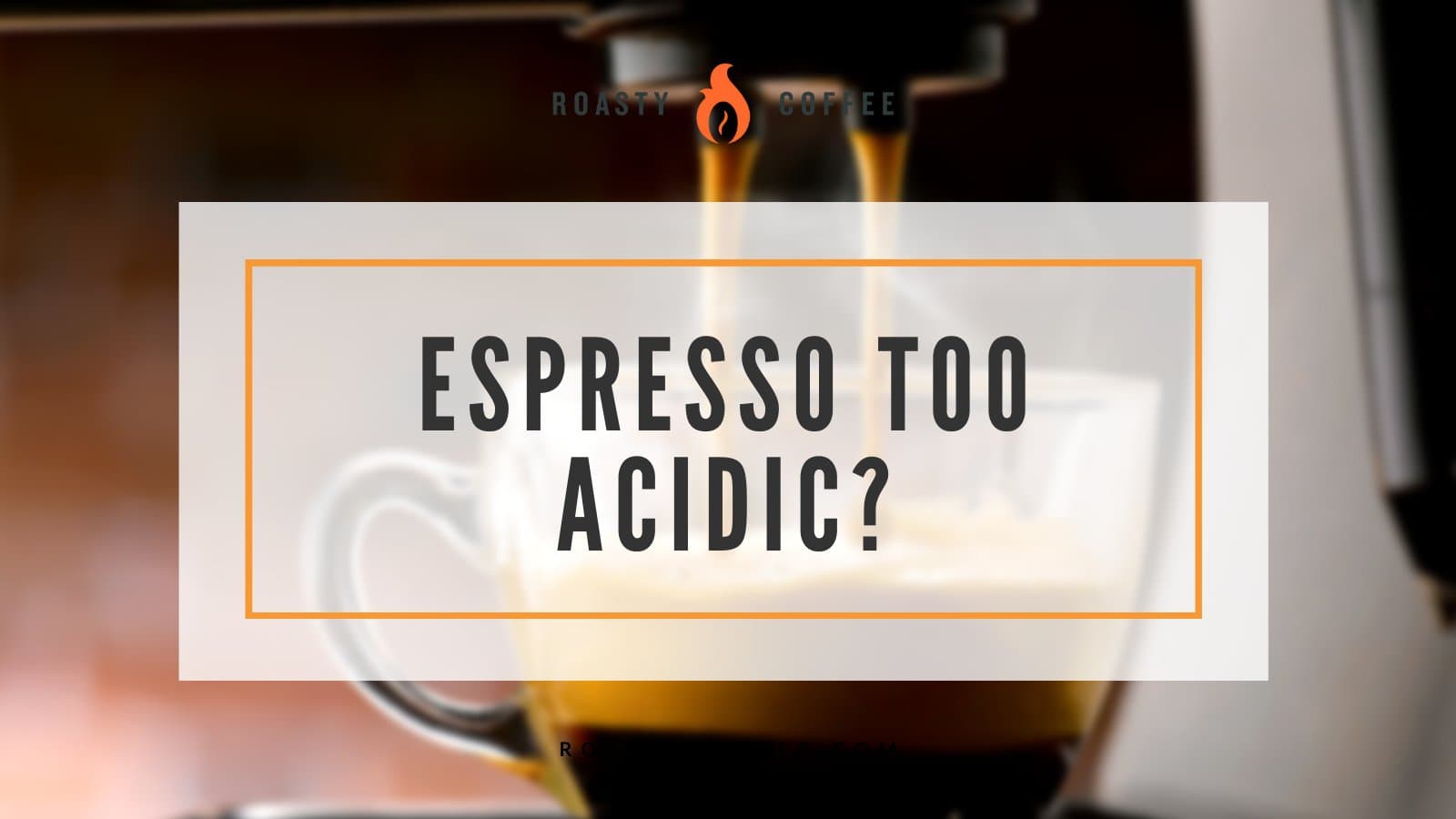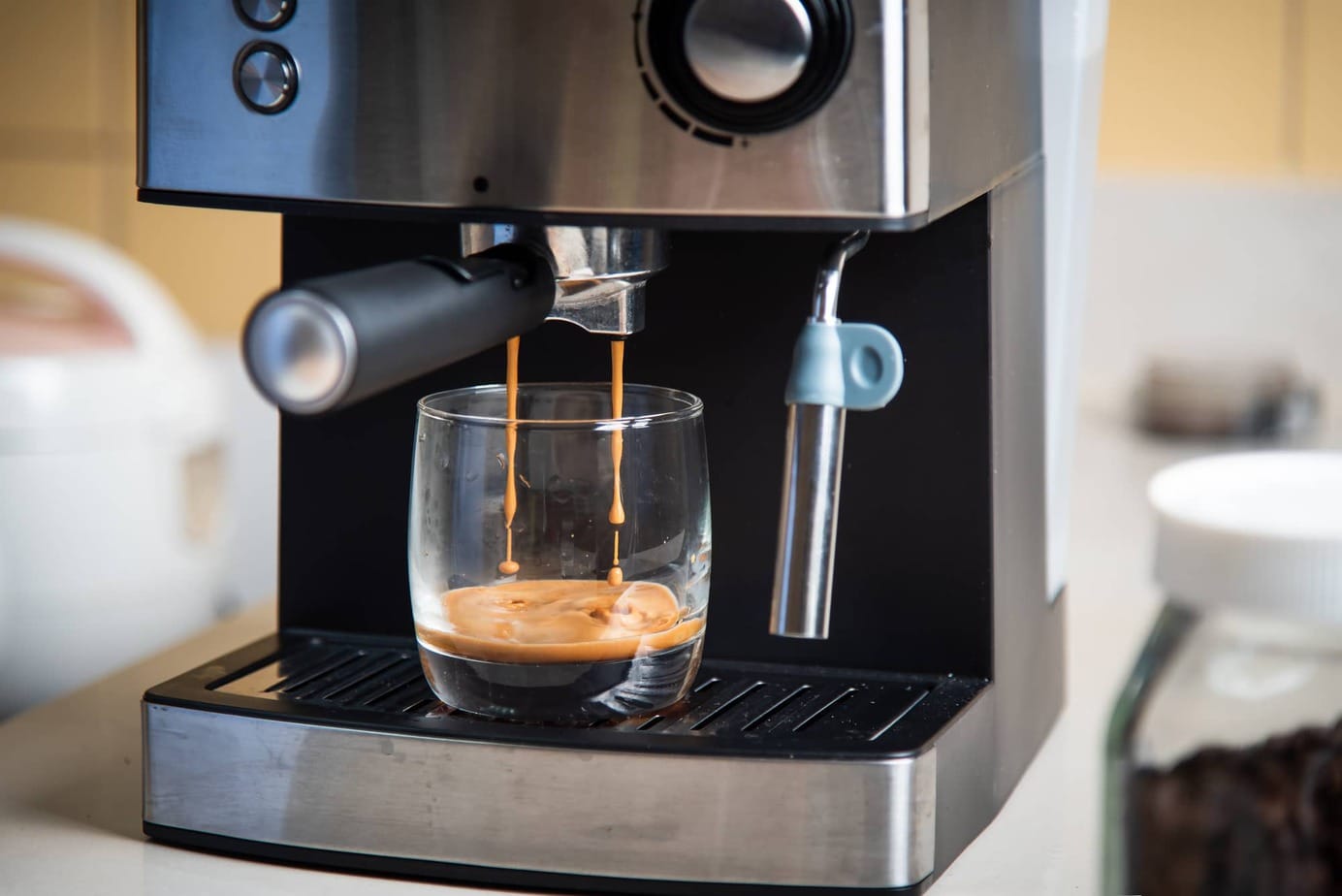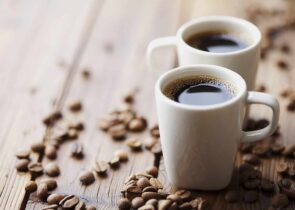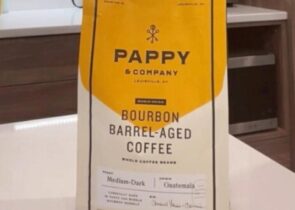When brewing the perfect espresso there are several variables involved, each having a significant impact on the end result of the espresso brewed. If you pull a shot that brews faster than normal, your grinds are too coarse and the espresso will be under-extracted and too weak.
On the opposite side of that you get can over-extract your grinds resulting in a sour taste and an acidic espresso. But how does this happen and how can you go about fixing it? We break it down here, reviewing each element of coffee brewing and checking how to adjust your espresso if it’s too acidic.

Let’s Start With the Beans…
The very first thing that needs to be considered is the bean and roast you are using. The fresher the beans, the better. We always suggest buying from a local café and roastery and keeping your beans stored in an airtight container.
Light roasted beans are often much higher in acidic content and will give you a sour and bitter espresso. This is because the sugars within the beans have not been cooked long enough to caramelize.
Alternatively, dark roasted beans give sweeter undertones and a more caramel-like taste and a smoother texture. When brewed for espresso, dark roast coffee beans will give that classic coffee taste and have less sour undertones compared to lighter roasts.
Take Away – Check to see if you are brewing with a light roast. If you are, you might want to get a darker roast for your espresso.
You may also note that many roasteries will have an Espresso Blend. These are carefully selected beans that are grown, processed and roasted specifically with espresso brewing in mind. More often than not they will be dark roast coffee, but you can get Blonde Espresso Roasts as well for those that like a more natural-tasting sour flavor in their espresso.
Pro Tip: Before buying a roast from a café for brewing espresso, ask to sample that roast within the café if possible. Within specialty coffee cafe’s, most baristas enjoy giving advice on which roast is best for espresso brewing. Don’t be afraid to ask them questions!
Why Size Matters…for Grinds
If you are using your tried and true Espresso Roast that you know isn’t typically sour, the next thing to consider is your grind size.
Espresso should always use fine grinds, and if your grinds are too coarse they will be under-extracted and contain higher acidic levels. Grinding your beans finer will allow more contact time between the water and grinds, allowing for proper extraction.
Take Away – Too coarse grinds lead to under extraction which results in sour, weak and acidic coffee. Make your grinds finer.
Another thing to consider is the consistency of your grinds. Blade grinders are not a good fit for espresso brewing as they are inconsistent in their grind size. Burr blades (either flat or conical) are the most consistent way of grinding for espresso.
Pro Tip: Inconsistent grind sizes will lead to channeling which gives weak and under-extracted coffee. Check out our top 5 recommended grinders for espresso.
Water Temperature and Brewing Time

If it’s not the beans or grind that seems to be the issue, your last two elements of consideration are closely related – water temperature and brew time.
If you have a non-commercial espresso machine, you will want to give your espresso machine a good 15-30 minutes of warm up time to ensure that your water temperature is up to par and accurate. There are some espresso machines that have programmable auto-start times you can set for a daily routine.
Espresso typically brews at 195*F and some espresso machines for the home are programmed to this temperature with no ability to adjust. If that’s you, the best bet is to ensure your espresso machine gets enough pre-heating time to ensure your machine is fully heated from water tank to group-head.
However, if you are able to adjust the brewing temperature, try brewing slightly higher by 2-3* to help lower the acidic content of your roast.
Pro-Tip: Lighter roasts make better espresso at higher temperatures for shorter periods of time while dark roasts are better brewed as espresso at lower temperatures for a longer time frame.
When it comes to the length of brewing, that really depends on when you begin counting the shot, what type roast you are brewing and which water to grinds ratio you are aiming for.
With that said, if you stop a shot too quickly, it will always be more acidic and sour as the extraction process was cut before the full flavor and body of the bean could be brewed.
Some roasts may need a slightly longer brew time to get the full extraction of flavor, and this is most easily dialed in by weighing your grinds before the shot and the espresso while brewing. This is more consistent for getting the ideal extraction and helping you learn your different roast types and the way they brew.
Take Away – Adjust the temperature for different roasts if possible and pay attention to brewing time and grind-to-water ratio.
Other Factors That Might Contribute to Sour Espresso
There are a few last things that may be contributing to a sour or overly acidic espresso shot.
- If you do not properly maintain your espresso machine with backwashing the filter between shots and cleaning your portafilter and group head screen routinely, build-up of oils and espresso will impact the taste and quality of your espresso.
- Some water is better than others for brewing espresso. Hard water will often make espresso acidic. We suggest using filtered or distilled water.
- Remember that bitter and sour are two different things. You may not be familiar with a bitter espresso taste if you drink mainly milk-based drinks with added sweeteners. If an espresso is not to your liking, try it in a milk-based drink like a latte and you may find it the perfect match!
Happy Caffeinating!







